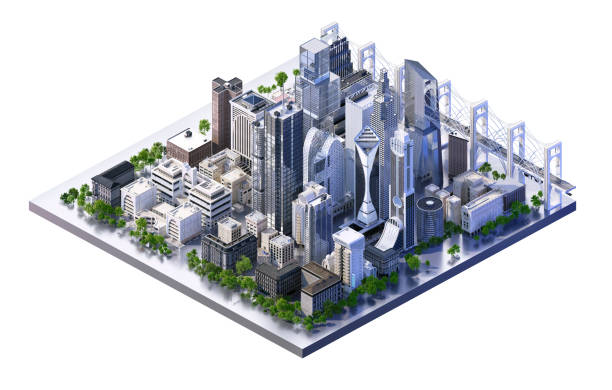One of the most inventive technologies in the contemporary world is Architectural 3D visualization and it is gaining popularity rapidly among professionals in the architecture, engineering and construction (AEC) industry. It helps create a comprehensive representation of the building design, internal spaces or a scheme of urban development through numerous graphic images. Such images present the major attributes of the object and serve as a good conception of the development of the building even before the construction work starts.
There has been an evolution in the architectural industry whereby 3D visualization has replaced the old architectural drafting. This change in the infrastructure is a very important improvement in architecture and construction processes. This radical change gives the authority to architects, designers and builders to construct real-life models of their thoughts hence making it easy to envisage and perfect a construction project.
What is the Architectural 3D visualization?
Architectural 3D visualization is the end product of a process in which very detailed and life-like three-dimensional models and renderings of the building designs are produced. Such models make it possible for architects, designers, and clients to focus on a virtual picture of a building or a room even before its actual construction. 3D visualization allows users to see and experience architectural design in the most realistic way as 2D drawings, blueprints or sketches are artistic impressions in computerized images and pictures as well as interactive motion sequences.

Types of Architectural 3D Visualization:
• Still rendering : The separate design views representing in high quality and static form and helpful in making presentations to the clients as well as marketing materials.
• 3D Walkthroughs and animations : Motion graphics which expose the clients to the depicted area or building space by virtually taking a walk through the particular structure or rotating around it.
• Virtual reality and Augmented reality : Merged and real experiences in which respective designs are presented to users in 3D space utilizing VR headsets or Augmented Reality applications on mobile gadgets.
• 360-Degree Views : Panoramas that can be rotated by users to move around a particular space, these are effective in creating experiences of a particular design.
Key Benefits of Architectural 3D Visualization
- Enhanced Client Communication:
- Clear and concise communication of design ideas
- Reduced misinterpretation of blueprints
- Increased client satisfaction and trust
- Informed Decision-Making:
- Early identification of potential design flaws
- Exploration of various design options
- Optimization of space utilization and functionality
- Marketing and Sales Tool:
- Create visually appealing marketing materials
- Attract potential buyers and investors
- Generate excitement and anticipation for upcoming projects
- Real-Time Collaboration:
- Facilitate efficient collaboration between team members
- Conduct virtual meetings and reviews
- Accelerate the design and approval process
Conclusion
Far from being a luxury, architectural 3D visualization is one of the critical elements in contemporary design practices. It helps in improving the quality of a project, client relations, and the actual construction of the projects for the future.




